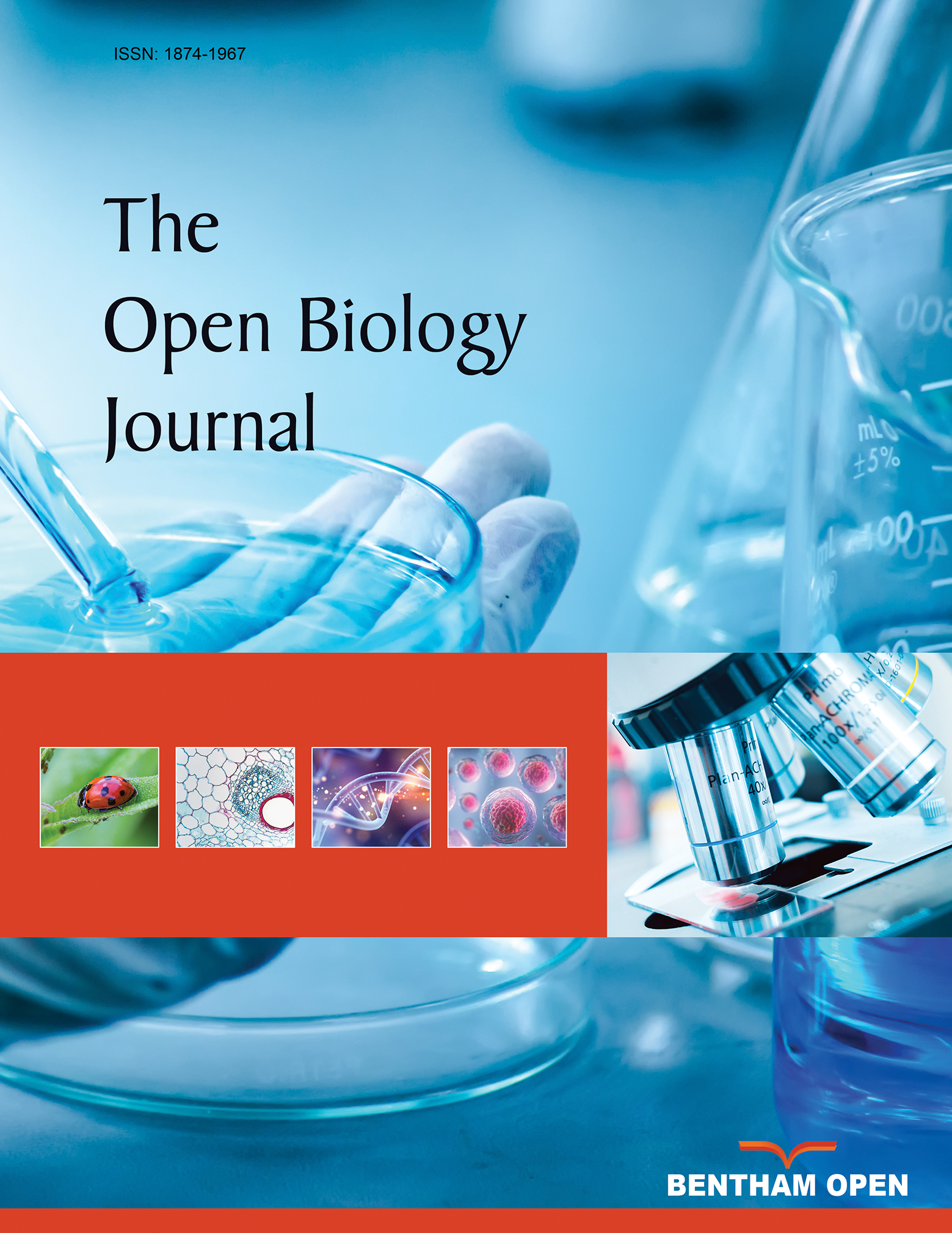All published articles of this journal are available on ScienceDirect.
Amyloid Oligomer Structures and Toxicity
Abstract
Amyloid accumulation is commonly associated with a number of important human degenerative diseases and recent findings indicate that soluble amyloid oligomers may represent the primary pathological species in degenerative diseases. Amyloid oligomers are structurally and morphologically diverse, raising the question on whether this diversity is pathologically significant and whether different types of oligomers may have different toxic activities. Many of the amyloids associated with neurodegenerative diseases form three immunologically distinct types of oligomers. Fibrillar oligomers are structurally related to fibrils and may represent small pieces of fibrils or fibril protofilaments. Prefibrillar oligomers are kinetic intermediates in fibril formation and annular protofibrils that resemble membrane pores. These three classes of oligomers share common structures and toxic activities. Focus on these common mechanisms of toxicity provides a means of simplifying the list of primary disease mechanisms and opens the possibility of developing broad spectrum therapeutics that target several amyloid related degenerative diseases.


